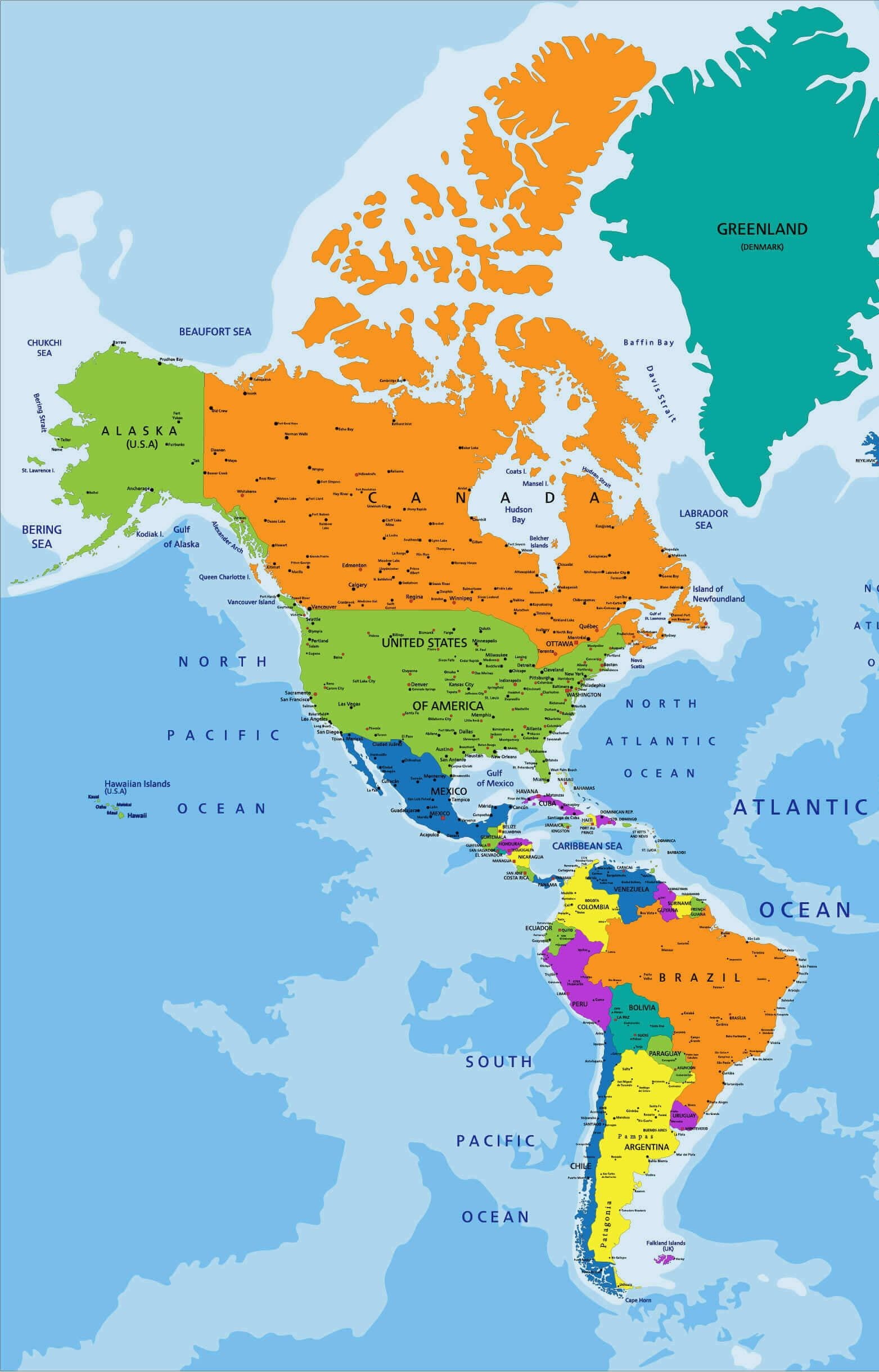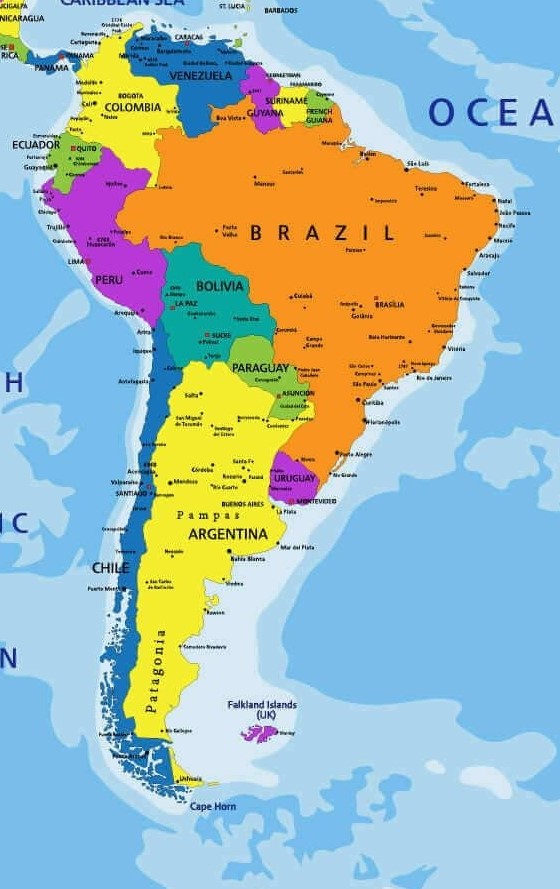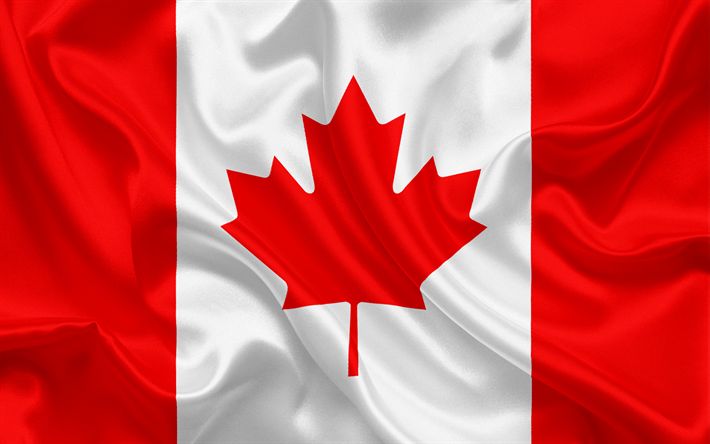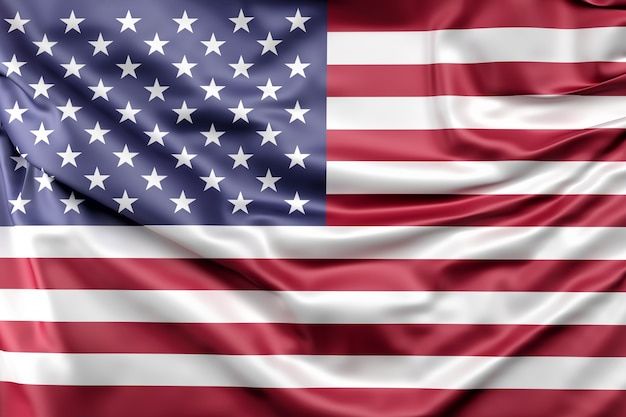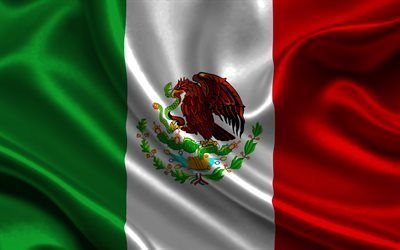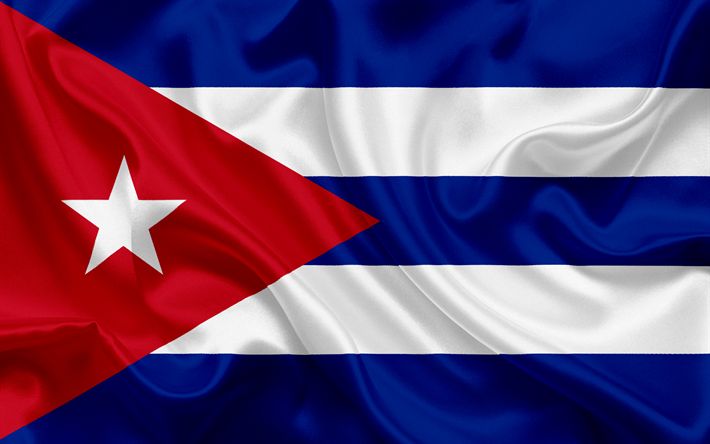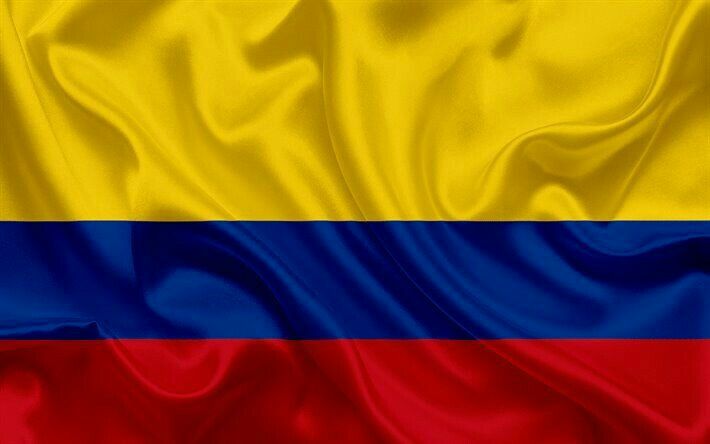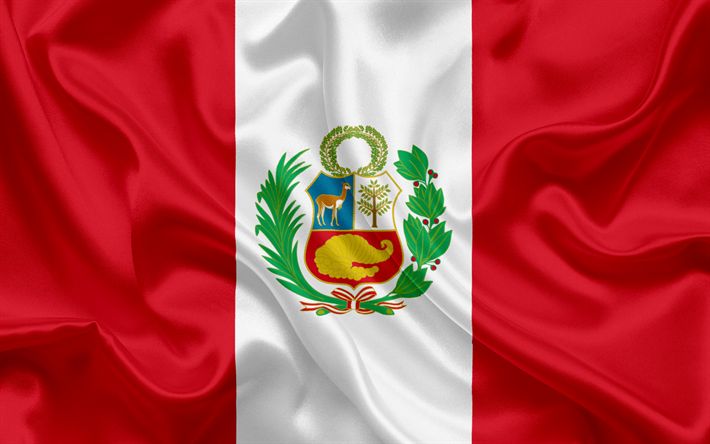The Unification of the African Diaspora Inaugural Congress
BY EDWING D’ANGELO
“For centuries, the connection between Black people on and off the continent of Africa has been complex, bound up in a painful history of slavery, separation and, at times, suspicion. Yet the relationship has also thrived.” – The New York Times best replica watches site
MISSION: To create the inaugural African Diaspora Congress where representatives of every country in the world where there are population of descendants of enslaved Africans were brought to or displaced to the Western Hemisphere during the Atlantic slave trade and its ramifications thereafter. To be held in August 2025 in the city of Cali, Colombia (the second largest Black city outside of Africa). The congress will be held as a prelude to the Petronio Alvarez Afro Colombian Music Festival (the largest music festival in Latin America). replica watches
OBJECTIVE: To reaffirm as a diaspora, to establish collective goals, aspirations and active unity moving forward into the 21st century. Reflection on how we build a joint community that celebrates multiple and particular cultural and linguistic histories. Clarifying the distinction being made between the “old” and “new” diaspora. Achieve intra-racial alliances, for example around racial justice and antiracism advocacy. Mitigate against any unintended consequences of the new U.S.-Africa foreign policy which seems to position the United States to ramp up diaspora engagement in subnational diplomacy which should nclude the entire diaspora.
I have always been impressed by the solidarity exhibited by the Jewish and Asian communities, especially in terms of their economic growth. Despite their internal conflicts, they stand up for each other regardless of their origin within their diaspora. Financially, the higher the circulation of dollars in a community, the greater the economic stability and opportunities for growth. According to the Selig Center for Economic Growth at the University of Georgia, money circulates only once within the African American community, compared to more than six times in the Latino community, nine times in the Asian community, and an unlimited number of times within the white community. A study by the Black Star Project on the racial wealth gap found that a dollar circulates for six hours in the Black community, 20 days in the Jewish community, and 30 days in the Asian community. Although Blacks have an estimated $1.3 trillion gross national income, only two percent of it is recirculated within the Black community. panerai replica watches
In this essay, I aim to explore the factors that unite and divide the African Diaspora, and the disparities that exist within it. However, before delving into the details, I would like to gather data related to the African Diaspora. It is widely known that this is one of the most challenging groups to study, given its wide reach, deep roots, and internal divisions. It seems from afar that this unity is in disarray due to the intentional trauma caused by colonialism, racism, and economic terrorism of today. To be clear, this exercise is not about pointing fingers or litigating the wrongs that have been done to the African Diaspora globally. Rather, it is a beacon of hope to find ways to create a better union among people of the African Diaspora to meet the challenges of the 21st century head-on and the contributions to create a better and a more just world for all. Only then can we overcome the atrocities done against it in the last half-millennium.
Let’s get some context. What’s today’s understanding of the African Diaspora?
The African Diaspora refers to the primarily involuntary and voluntary migration of Africans and their descendants to different parts of the world during the modern and pre-modern periods. The global African diaspora is a collection of communities predominantly descended from Native Africans or people from Africa, primarily in the Americas.
Identity, Definition, and Geographic Distribution
Afro-descendants in Latin America have not been historically identified, as they have in the United States, as individuals with traceable African ancestry. People in Latin America have several different ways of classifying themselves, and these classifications are influenced by factors such as class position, geographic location, societal associations of blackness, and state policies. For instance, lighter-skinned mulattoes may identify themselves as white, while some blacks may identify themselves as mulattoes or mestizos. The existence or lack of collective identities among people of color also plays a role in these classifications.
In my experience, the self-identity of Afro-Latinos is influenced by their education, origin, and class. According to a report by Every CRS, the Dominican Republic provides a striking example of how racial identity has been shaped by official notions of national identity. The Dominican government mobilized a nationalist movement against an external threat (the mostly black republic of Haiti). Although the vast majority of the population has African ancestry, Dominicans tend to define themselves as mestizos descended from Indigenous and Europeans, and not as Afro-Dominicans, in order to distinguish themselves from their poorer Haitian neighbors. A 2005 study on racial attitudes in the Dominican Republic finds that 83% of Dominicans believe their society is racist against blacks
Issues Affecting The Afro Diaspora Populations
This section provides a brief overview of some of the major issues affecting Afro-descendant communities globally. These issues include legal protection, political representation, land rights, human rights, and access to quality healthcare. When applicable, the section compares and contrasts the situation of Afro-descendants to that of indigenous peoples. Indigenous peoples are, generally, descendants of the Amerindian ethnic groups that lived in the hemisphere prior to the European conquest who retain distinct communal, cultural, linguistic, or geographic identification with that heritage.
Indigenous peoples have, perhaps as a result of their distinct heritage and shared history, generally exhibited a stronger sense of group identity and a higher level of political mobilization than Afro-descendants. For example, while the First Inter-American Indian Congress was held in Mexico in 1940, the first large-scale hemispheric meeting of Afro-descendant leaders was held in 1977, and the first meeting of Afro-Latino legislators was held in Brazil in 2003. Some have argued that Afro-descendant communities that have been able to prove their “indigenous-like” status have achieved more rights and recognition from their governments than other blacks in the region. Others assert that it has been easier for the indigenous to achieve collective rights than Afro-descendants as political elites in Latin America have tended to award those rights on the basis “of a perceived possession of a distinct cultural group identity, not a history of political exclusion or racial discrimination.”
The Edwing D’Angelo Foundation aims to enhance the mobilization, unity, and cohesiveness of the new African Diaspora. The foundation seeks to address not only local politics and issues but also global arguments that legitimize the Diaspora’s existence in real terms. The lack of a clear understanding of the Diaspora’s distinct cultural group identity makes it more vulnerable and susceptible to a collective response wherever egregious issues are committed against it. The foundation strongly believes that the sheer number and complexity of the culture should be a decisive factor for a future where the Diaspora becomes less of a victim and empowers people for future generations to come.
The concentration of the largest part of Diaspora is in the world as follows:
• Antigua & Barbuda • Argentina • Aruba • Bahamahs
• Belize • Bolivia • Brazil • Canada
• Chile • Colombia • Costa Rica • Cuba
• Dominica • Dominican Republic • Equador • El Salvador
• European Union & Europe • Garifuna • Grenada • Guatemala
• Guyana • Haiti • Honduras • Jamaican
• Mexico • Nicaragua • Panama • Paraguay
• PERU • ST. Kitts & Nevis • St. Lucia • St. Vincent And The Grenadines


